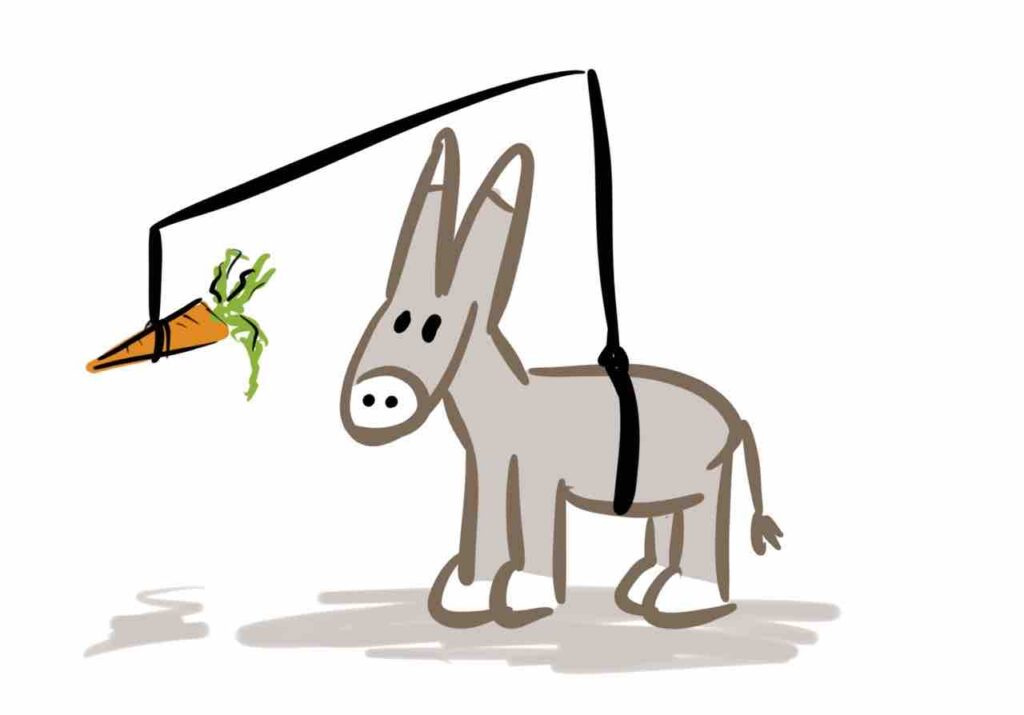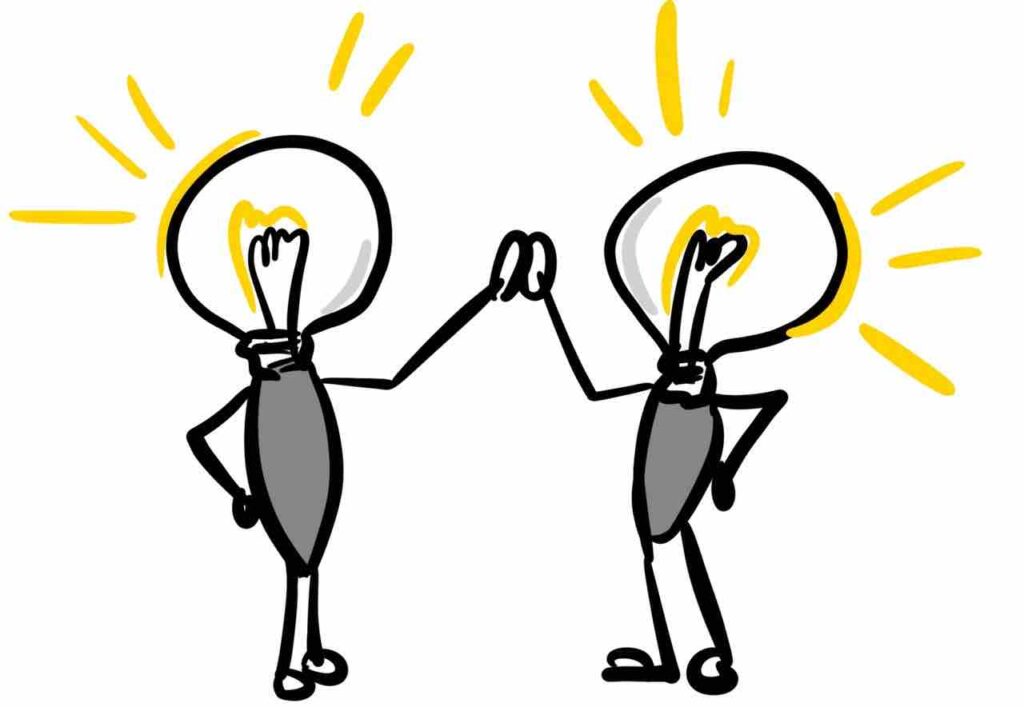What is that anyway?
To explain this, we have looked at motivation from a scientific perspective below.
Motivation is activated by various processes. There are different models that describe how these processes are set in motion. The determining factor is different in each case. For example, these are needs, aspirations or desires that can occur in everyday life.
Example: We want to eat something, look good, arrive at work on time, experience tenderness, ...
There are the following factors in a motivation process:
Firstly, there is the motive. This is an innate need or a learned determination. There is the incentive, an emotional significance of something. There are also cognitive processes. They include decisions, expectations or plans. These factors can vary depending on the theory.
Example: I am hungry (motive) and could order sushi (incentive). After weighing up the price of sushi against pizza, I decide against it after all (cognitive process).
Differentiation between intrinsic and extrinsic motivation
Motivation can be divided into intrinsic and extrinsic motivation.
Extrinsic motivation is when the incentives for motivation come from outside. For example, through a reward or payment. The reward has little or no connection to the actual action. The activity is carried out in order to receive the hoped-for or promised reward.

Intrinsic motivation is characterized by the fact that it comes from within. For example, you carry out an activity because you enjoy it. There is no external reward or expectation upon successful completion.
The type of motivation can change during performance. The activity can start on the basis of extrinsic motivation and develop into intrinsic motivation over time, for which reason the activity is continued.
Here are a few examples:
- You can be motivated to achieve a goal. This is why you carry out the activity. It serves to achieve the goal (extrinsic motivation).
Example: I want something to eat and have nothing at home. To achieve my goal, I go shopping. I don't feel like shopping, but I do it anyway because I want to eat something. - You can be motivated to achieve a goal. In this case, the activity that leads to the goal becomes the goal itself. This can happen without you realizing it.
Example: You study to achieve a degree. Studying is so much fun that the feeling you hoped for when you get your degree does not materialize. The activity of studying was carried out because it is fun. - You carry out an activity solely because it is fun. You are not aiming for an end point. The state while performing this activity is highly rewarding.
Example: Food, sex
Intrinsic motivation brings more positive emotions or fun. It can create a flow experience where you forget about time and become completely absorbed in the task.
Motivatorsat work
The challenge in everyday working life is now to promote intrinsic motivators alongside known extrinsic motivators such as money, status and other rewards.
Particularly in the field of knowledge work, extrinsic motivators are not enough to produce outstanding work. People are motivated by interesting work, challenge and increasing responsibility. These intrinsic factors fulfill the need for further development and the feeling of accomplishment.
If autonomy prevails among employees in a company, this can ensure greater productivity. Employees have a fixed amount of time available as an investment to drive forward topics that they are passionate about.
At wibas, we share the desire not only to be economically successful in everything we do, but also to be happy. We thrive on the commitment and passion that each individual brings to the table. All wibas employees are given the trust and freedom to work on intrinsically motivated projects.
Anyone who has an idea that they would like to push forward presents it to our refinement circle. This is where the topic is discussed and prioritized together. The basic attitude here is "Let's try this out in an experiment". This is how new and versatile products and training courses are created.

What does motivation have to do with change?
If you want to change something in the way a team or an organization works (together), that means change - first and foremost, this change is reflected in behaviour. Some people will think this is great, some will not. It makes little sense to start a change with the latter. "People want to change, but they don't want to be changed." In other words, we believe that people fundamentally want to develop. They just don't want to be changed, i.e. forced to change from the outside.
In terms of the adoption curve*, this means: start with the innovators, i.e. the people who have a desire for change and are intrinsically motivated, i.e. from within. Innovators may have already dealt with the new topic themselves and are looking forward to changing and trying things out.
*There will soon be a video explaining the adoption curve in detail. As soon as this has been published, we will link it here.
Authors:



Comments
Write a comment